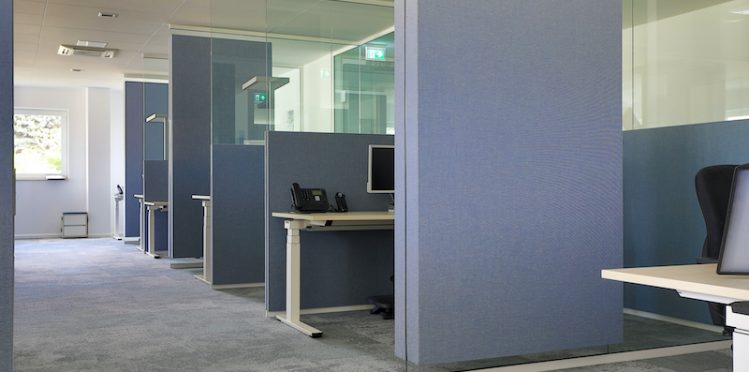Millions of American workers were displaced from their workplaces after coronavirus outbreaks across the US in March. COVID-19 has introduced challenges in the workplace that are changing the way business is done. The chance of being exposed to the virus is a challenge that kept many businesses at home and caused entire states to put stay-at-home orders in place. But, remote work is not a feasible, long-term option for many companies and employees.
The Challenge of Remote Work
Some industries require hands-on work that won’t transfer well to remote job abilities. While emails and data entry can be done digitally from home, product creation and examinations are examples of work that is much more difficult to do off-site. Not only does certain work need to be done in an office setting, many employees find they are more focused when they aren’t working from home. One recent survey of 1000 employees home-bound due to COVID found:
- 29% feel less productive working from home
- 43% want to return to an office setting
- 31% are concerned about the security issues of doing their job from home
- 46% say they are working more hours while at home
Finding Office Solutions for COVID
John Wright has done public opinion polling for the past 30 years and noted, “[Working remote] isn’t a good substitute for human socialization, loyalty, cohesiveness, and friendship that makes a company great.” But, there are potential solutions to reduce exposure while maintaining the social benefits of a collaborative workspace. Grocery stores throughout the country, for example, are putting up dividers to reduce the droplet spray as customers check out. In office settings, Isowall insulated panels could be used to restructure spaces and reduce cross-contamination.
Unlike traditional office cubical dividers, panels put in place for COVID reasons will need to be more flexible to better fit the spaces. In some places, panels may need to be transparent to stop droplet spray without impeding visibility. All panels should be food-grade or antibacterial surfaces to fight microbes. All surfaces should be easily disinfected to reduce surface contamination and the spread of viruses, like COVID. Solutions might include antibacterial paneling for:
- Directing traffic
- Reducing face-to-face exposure
- Enclosing stationary workers
- Partitioning rooms into smaller, more manageable spaces to control exposure
- Replacing current surfaces with cleanable materials and antibacterial paneling
Getting Back to Collaborative Work
Some employees are finding they are more productive at home and able to work hours that better fit their personal preferences. But other employees find they are distracted, less productive and hindered by their at-home accommodations. While some employees will continue to work remotely, others need to return to collaborative settings. Not only are collaborative workplaces better for some kinds of work, they are important for the mental health of many employees. People struggle with loneliness and depression when they are cut off from social aspects of life. Getting back into a new normal for workplaces will help reduce the feelings of isolation brought on by COVID stay-at-home orders.

